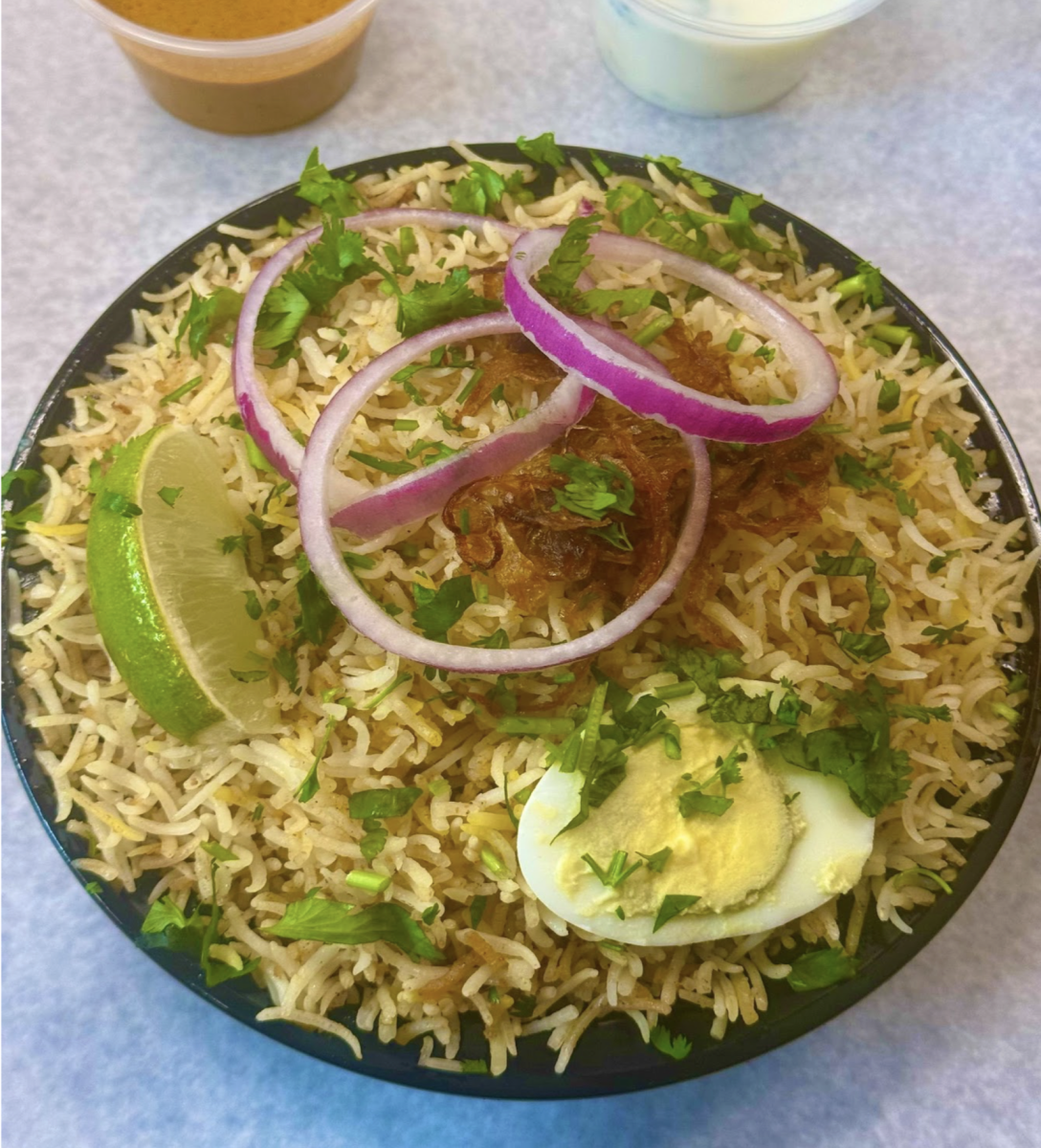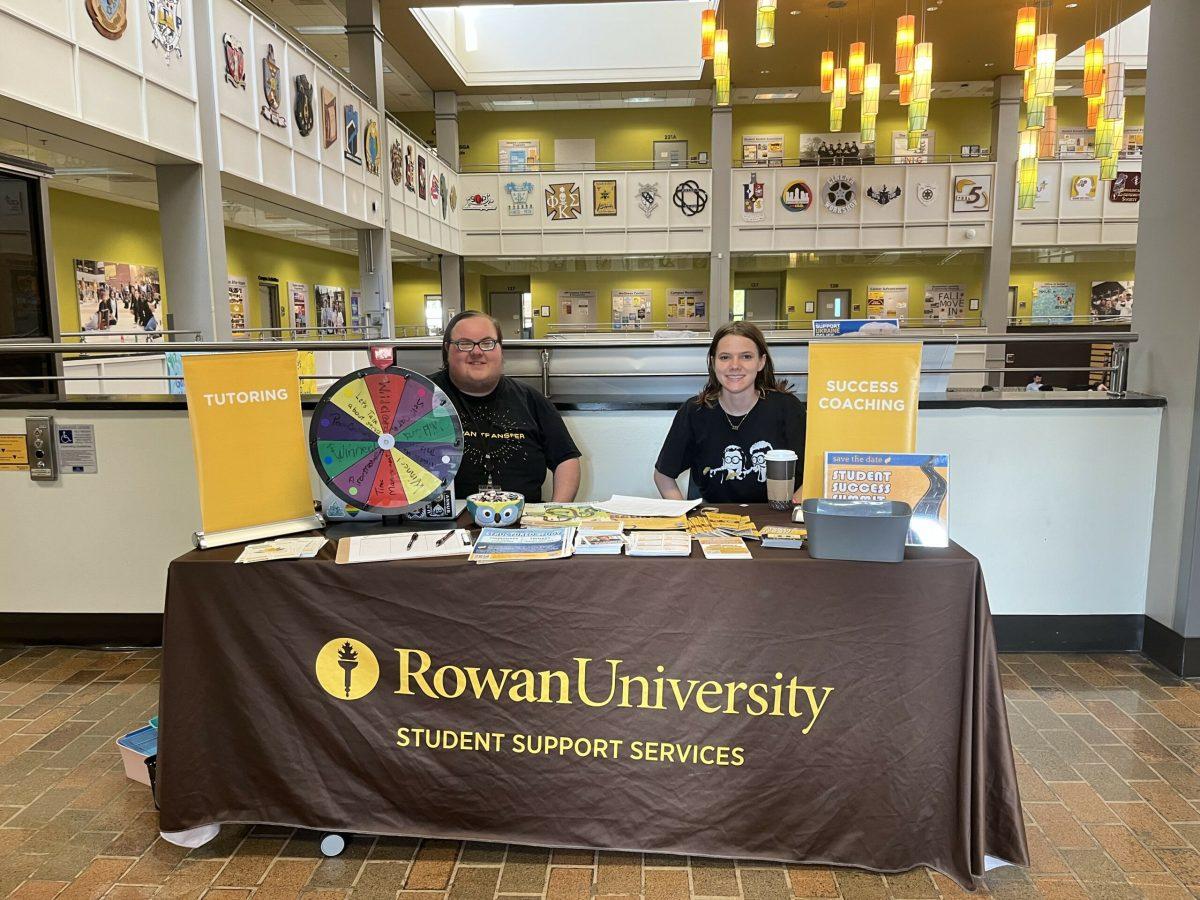Almost every college student is “broke” in some sort of way. As college is a major transitional period of life, it can be difficult for students to attend classes, hold-down part-time or full-time jobs and afford textbooks and groceries at the same time. Unsurprisingly, the majority of students struggle under this pressure.
And according to the 2022 Student Hunger on Campus Survey, one in three Rowan students face food insecurity. This is defined as facing a lack of consistent access to food in order for someone to live a healthy, active life.
At Rowan, food insecurity tends to be more prevalent among undergraduate students, first-generation college students, as well as students who are Black, Hispanic, and noncitizens. Food insecurity also tends to be compounded with “mild to severe depression,” of which roughly half of the students who responded indicated.
With issues such as these being so prevalent amongst the student body — and with these issues being so complex — the university has taken several steps to aid students experiencing these obstacles. One of the many resources on campus includes The SHOP, Rowan’s on-campus food pantry. There are also several others resources to help students with financial planning, ProfCents, and provide students with fresh food, Fresh For All from Philabundence.
However, The Whit is of the opinion that, considering the complexity of the issue, food insecurity is a problem that needs to be tackled from all sides. Students need to receive help when they need it, but they also need to know help is available before they enter a state of dire need.
We believe that professors can be the first line of information and aid for students facing — and with the potential to face — food insecurity. And they can start by informing students with the one document all students are almost guaranteed to read: the syllabus.
“One of the things we want to share for faculty members is that we want you to consider adding a syllabus statement,” said Penny McPherson Myers, Ph.D, vice president of the Division of Diversity, Equity and Inclusion and member of Rowan’s Affordability Task Force. “This allows you to be a partner in this work of addressing food and housing security by connecting students to resources.”
The syllabus statement, which is just about 90 words long, points students in the direction of Rowan’s academic and financial resources such as ProfCents and The SHOP. The short paragraph also mentions that the professor themself might be of help.
“Please reach out to me regarding any financially related situations as I may be able to connect you to additional resources,” the syllabus statement reads.
Although simple in nature, connecting a professor directly to a source of aid for students is crucial in preventing students from facing the hardships of food insecurity. Although it’s helpful to traditionally advertise these resources and advocate for their usage, having an individual that students may already know, or will become familiar with throughout the semester — providing them aid directly can both ease the concerns of students during this time as well as convince them to use the resources they may so desperately need.
With the syllabus statement, professors have the ability to make a direct impact on nearly 40 percent of students facing insecurity. No matter how nominal it may seem, adding the statement to a class statement takes a few mere seconds and can have a dramatic impact on a student’s well-being.
“It’s clearly evident… that they [students] are struggling to meet their basic needs,” McPherson Myers said during Rowan’s Student Hunger on Campus Town Hall. “And if we can help them to be able to focus in class because we are providing them with resources that they don’t have to think… how they are going to, you know, pay for it, that would be amazing.”
For comments/questions about this story, email [email protected] or tweet @TheWhitOnline


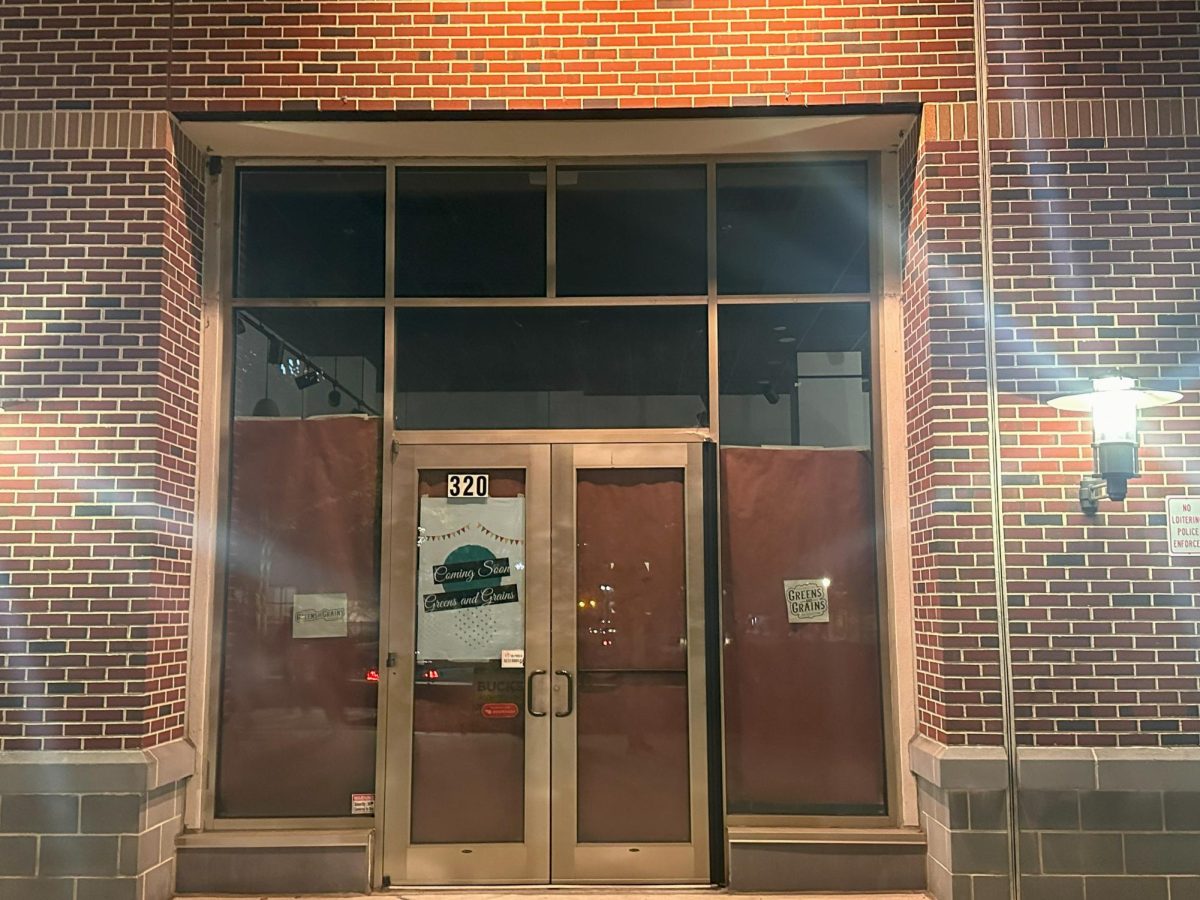

















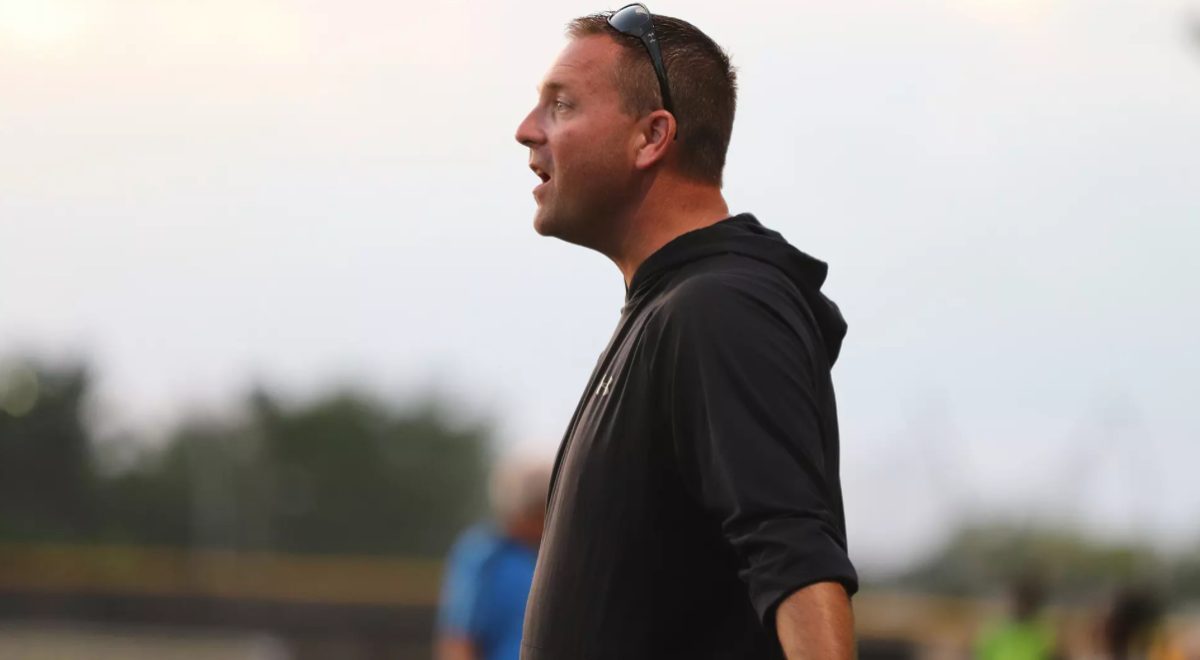







































































































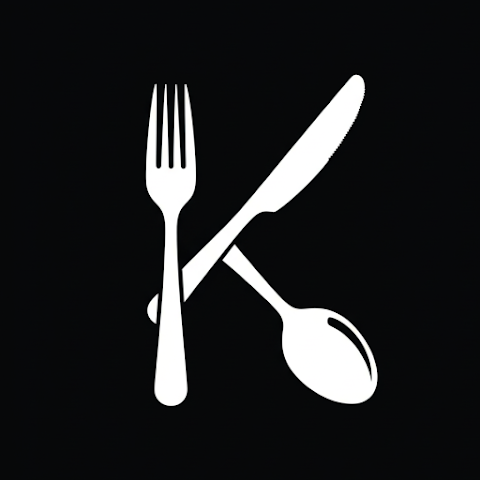



























!["Working with [Dr. Lynch] is always a learning experience for me. She is a treasure,” said Thomas. - Staff Writer / Kacie Scibilia](https://thewhitonline.com/wp-content/uploads/2025/04/choir-1-1200x694.jpg)












